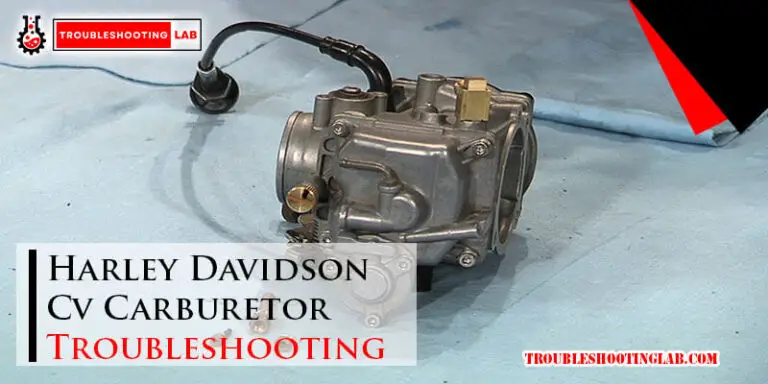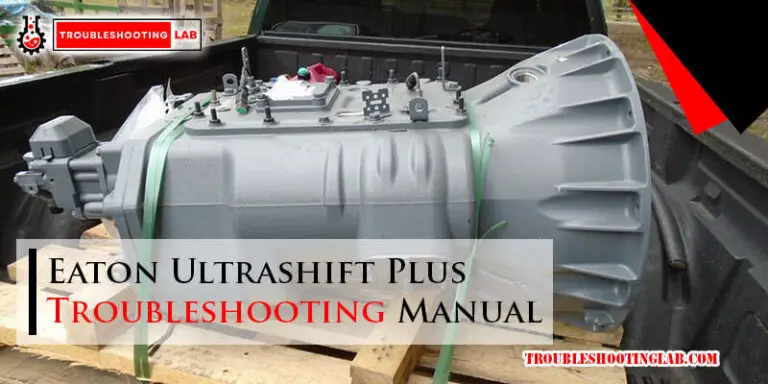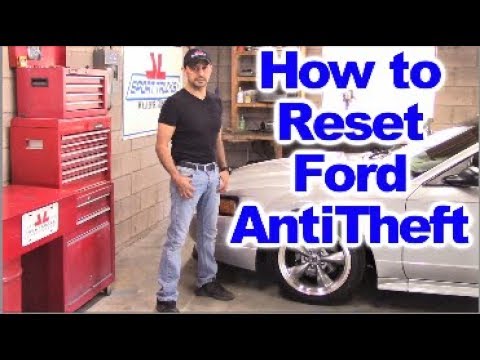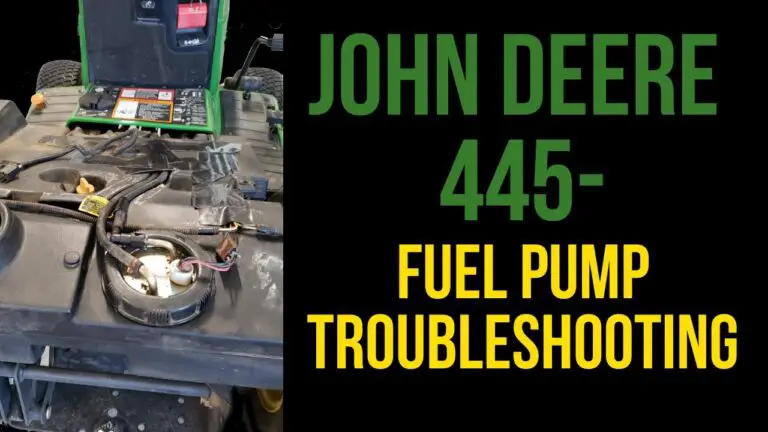Hydroboost Brake System Troubleshooting: Expert Tips and Solutions
The hydroboost brake system is vital for many vehicles. It uses hydraulic pressure for efficient braking.
Having trouble with your hydroboost brake system? Don’t worry, you’re not alone. Many car owners face issues with this complex but essential system. Understanding the basics can help you spot problems early and keep your vehicle safe. In this post, we’ll guide you through common symptoms and troubleshooting steps.
This will help you maintain your hydroboost brake system effectively. Whether you’re a seasoned mechanic or a curious car owner, this guide will be useful. So, let’s dive in and make sure your brakes are in top condition.

Credit: www.hydraulicstatic.com
Introduction To Hydroboost Brake System
Hydroboost brake systems play a crucial role in modern vehicles. They provide enhanced braking power and efficiency. Understanding how they work can help diagnose issues effectively.
What Is Hydroboost?
Hydroboost is a type of power brake system. It uses hydraulic pressure from the power steering pump. This pressure assists the braking process.
Unlike traditional vacuum boosters, hydroboost systems rely on fluid power. This makes them ideal for vehicles with low engine vacuum.
Importance In Modern Vehicles
Hydroboost systems are vital in modern vehicles. They offer consistent braking performance. Especially under heavy loads or towing conditions.
They also provide reliable braking in low vacuum situations. This ensures safety and efficiency on the road.
Understanding the hydroboost system’s role can help in troubleshooting problems. Identifying issues early can prevent costly repairs.
Common Issues
The hydroboost brake system is crucial for vehicle safety. Regular maintenance helps avoid common issues. Understanding these issues can keep your brake system in top shape.
Leaks And Fluid Loss
One common problem is leaks. Leaks can cause fluid loss. This can lead to reduced braking performance. Check the power steering pump and lines for any signs of leaks. Also, inspect the hydroboost unit. Look for wet spots or puddles. If you find any, your system may have a leak. Address it quickly to prevent damage.
Noise During Operation
Another common issue is noise. A whining or groaning sound during operation can indicate a problem. This noise often comes from the power steering pump. It may be low on fluid or failing. Squealing noises can also be a sign. They may come from the belts or the hydroboost unit itself. Listen for unusual sounds and investigate them promptly.
Identifying Symptoms
Understanding the signs of a malfunctioning hydroboost brake system can prevent accidents. It’s crucial to recognize the symptoms early. This helps maintain your vehicle’s safety and performance.
Hard Pedal
A hard brake pedal often indicates hydroboost issues. You may notice increased resistance when pressing the brake. This makes it difficult to stop the vehicle quickly. The hydroboost system relies on hydraulic pressure. If there’s a problem, the brake pedal becomes stiff. This symptom needs immediate attention.
Slow Brake Response
Slow brake response is another common symptom. Your vehicle may take longer to stop. This delay could be due to a leak in the hydroboost system. The hydraulic fluid may not be reaching the brakes efficiently. This affects the braking power and overall safety. Addressing this issue promptly is essential.
Diagnosing Problems
Hydroboost brake systems are reliable but can develop problems. Diagnosing the issue is crucial for safe driving. This section covers key steps to diagnose hydroboost brake system problems.
Visual Inspection
Start with a visual inspection. Check for leaks around the hydroboost unit. Look at the power steering pump and hoses. Ensure all connections are tight and secure.
Inspect the brake fluid level. Low fluid can indicate a leak. Examine the condition of the fluid. Dirty or discolored fluid may suggest contamination or wear.
Check for damaged or worn belts. Belts should be tight and free from cracks. A loose belt can cause a loss of power assist.
Pressure Testing
Pressure testing is vital for diagnosing hydroboost issues. Use a pressure gauge to measure the pressure from the power steering pump. Compare the reading to the manufacturer’s specifications.
Low pressure can indicate a failing power steering pump. High pressure may suggest a blockage or restriction in the system. Pressure testing can pinpoint the exact cause of the problem.
Conduct a flow test to ensure proper fluid movement. Restricted flow can cause insufficient power assist. This can lead to hard braking or a spongy brake pedal.
| Symptom | Possible Cause |
|---|---|
| Hard Braking | Low Pressure |
| Spongy Pedal | Restricted Flow |
| Fluid Leaks | Damaged Hoses |
Regular maintenance can prevent most hydroboost brake system issues. Follow these steps to ensure your system functions correctly.
Repair Solutions
Experiencing issues with your hydroboost brake system can be frustrating. Repair solutions can help you get back on the road. Let’s explore some common fixes, like replacing seals and fixing pump issues.
Replacing Seals
Leaking seals are a common problem in hydroboost systems. Damaged seals can cause fluid leaks and reduce braking power. To fix this, you need to replace the worn-out seals.
First, locate the faulty seal. Once found, carefully remove it using a seal puller. Clean the area to ensure no debris remains. Install the new seal, making sure it fits snugly. This should stop the leak and restore proper function.
Fixing Pump Issues
The pump is crucial for your hydroboost system. If it fails, your brakes won’t work well. Sometimes, the pump may need repair or replacement.
Check for any visible damage or leaks. Listen for unusual noises, like whining or grinding. These signs indicate a problem. Remove the faulty pump and install a new one. Ensure all connections are secure and test the brakes.
Proper maintenance can prevent many of these issues. Regular checks and timely repairs keep your hydroboost brake system in top shape.
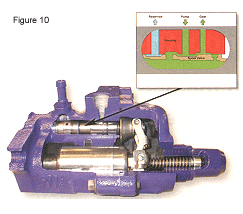
Credit: www.brakeandfrontend.com
Preventive Maintenance
Preventive maintenance is crucial for the Hydroboost brake system. It ensures the system works efficiently and safely. Regular checks can prevent costly repairs. They also keep your vehicle in top shape.
Regular Fluid Checks
Checking the fluid regularly is essential. The brake fluid should be clean and at the correct level. Low or dirty fluid can cause brake failure. Follow these steps to check the fluid:
- Locate the brake fluid reservoir.
- Check the fluid level. It should be between the minimum and maximum marks.
- Inspect the fluid color. It should be clear or light yellow.
- If the fluid is dark or low, replace or refill it.
Use the recommended type of fluid for your vehicle. Refer to your owner’s manual for guidance.
Routine Inspections
Routine inspections help identify potential issues early. Inspect the Hydroboost brake system every few months. Focus on these key areas:
- Hoses and connections: Look for leaks, cracks, or wear.
- Power steering pump: Ensure it is working properly. Listen for unusual noises.
- Brake pedal: Check for proper resistance and response.
- Brake pads and rotors: Inspect for wear and tear. Replace if necessary.
Document any findings and address them promptly. Regular inspections can prevent major issues and ensure safe driving.
Expert Tips
Hydroboost brake systems offer powerful braking. But, they can face issues. Here are expert tips to troubleshoot these systems effectively.
Choosing The Right Fluid
Always use the correct fluid for your hydroboost system. Check your vehicle’s manual. It will tell you the right type. Using the wrong fluid can cause problems. It can damage the system. It can also reduce braking power.
Look for high-quality brake fluid. Cheap fluids may not perform well. They might not last long. Quality fluid ensures smooth operation. It also protects the components. Regularly check fluid levels. Low fluid can lead to brake failure.
Professional Help
Sometimes, troubleshooting requires a professional. Complex issues need expert hands. They have the right tools. They also have the right knowledge. DIY fixes can sometimes make things worse.
Seek a mechanic if you hear strange noises. Or if you feel vibrations. Professional help ensures your brake system works well. It also ensures your safety on the road.
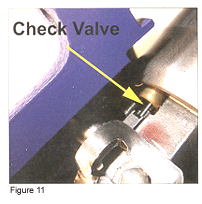
Credit: www.brakeandfrontend.com
Frequently Asked Questions
What Is A Hydroboost Brake System?
A Hydroboost brake system uses hydraulic pressure from the power steering system to assist braking.
Why Is My Hydroboost Brake Pedal Hard?
A hard brake pedal may be due to low power steering fluid or a faulty Hydroboost unit.
How Do I Check Hydroboost System For Leaks?
Inspect power steering hoses and connections for fluid leaks. Check the Hydroboost unit for signs of leaks.
What Causes Hydroboost Brake Failure?
Common causes include low power steering fluid, faulty pump, or damaged Hydroboost unit.
How Can I Fix Hydroboost Brake Noise?
Check for low fluid, air in the system, or worn-out components. Bleed the system if needed.
Conclusion
Troubleshooting your hydroboost brake system can seem daunting but is manageable. Identify common issues like leaks, noises, or poor braking. Regular maintenance checks can prevent many problems. Always ensure the fluid levels are correct. Address any unusual sounds promptly. Seek professional help for complex issues.
Maintaining your hydroboost brake system ensures safety and reliability. Keep these tips in mind for a smoother driving experience. Remember, a well-functioning brake system is crucial for your vehicle. Stay vigilant and proactive with your brake system care.

